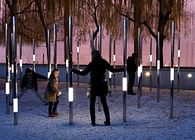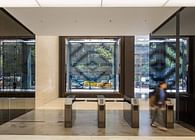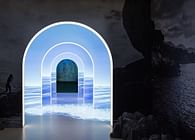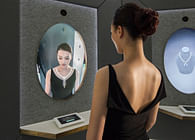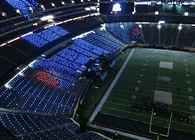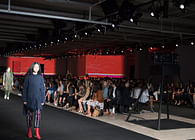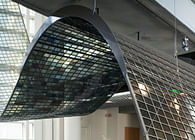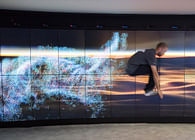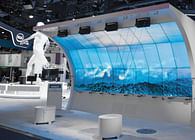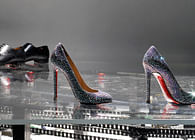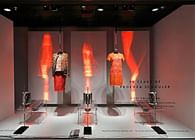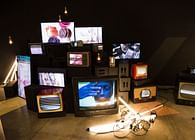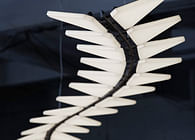
Brooklyn, NY
‘Transform’ is a shape-shifting tabletop; a system of extruded squares that respond to user motion, injecting interactive possibilities into everything from modular furniture to telecommunications devices.
Imagine a future where people could shake hands with the person they are video chatting with, or a chair that could morph into a chaise as your mood shifts. ‘Transform,’ referred to as “computational material” by Hiroshi Ishii, Associate Director of the MIT Media Lab, could do just that.
Comprising a dynamic structure embedded with motion-detecting sensors, the motor-controlled ‘Transform’ can change its shape or transfer physical objects across its surface. Its undulating surface offers near-infinite avenues of functional and aesthetic applications, depending on the user’s interaction with it.
‘Transform’ was created by Daniel Leithinger and Sean Follmer of MIT Media Lab’s Tangible Media Group, and first exhibited in the Lexus Design Amazing exhibition in Milan and later at the Cooper Hewitt Smithsonian Design Museum in New York.
According to Leithinger, “The future of interface design is that we’ll be able to interface with everything, and the line between what we call a computer and what we don’t will eventually go away entirely. Tomorrow’s computers will be furniture, clothing, and more, and the ways we interact with them — and they with us — will be richer than we can possibly imagine.”
The motion design, created by Philipp Schoessler, is inspired by the natural motion of wind, water and sand and Escher’s representations of perpetual motion. Like sand castles built at the seashore, Transform is an ever-changing tabletop landscape, embodying machine’s conflict with nature and its reconciliation.
Status: Built
Location: Boston, MA, US
Firm Role: PCB Design, Mechanical Assembly
Additional Credits: Created by Daniel Leithinger and Sean Follmer of MIT Media Lab’s Tangible Media Group, overseen by Hiroshi Ishii, with PCB design and mechanical assembly by Patten Studio.
